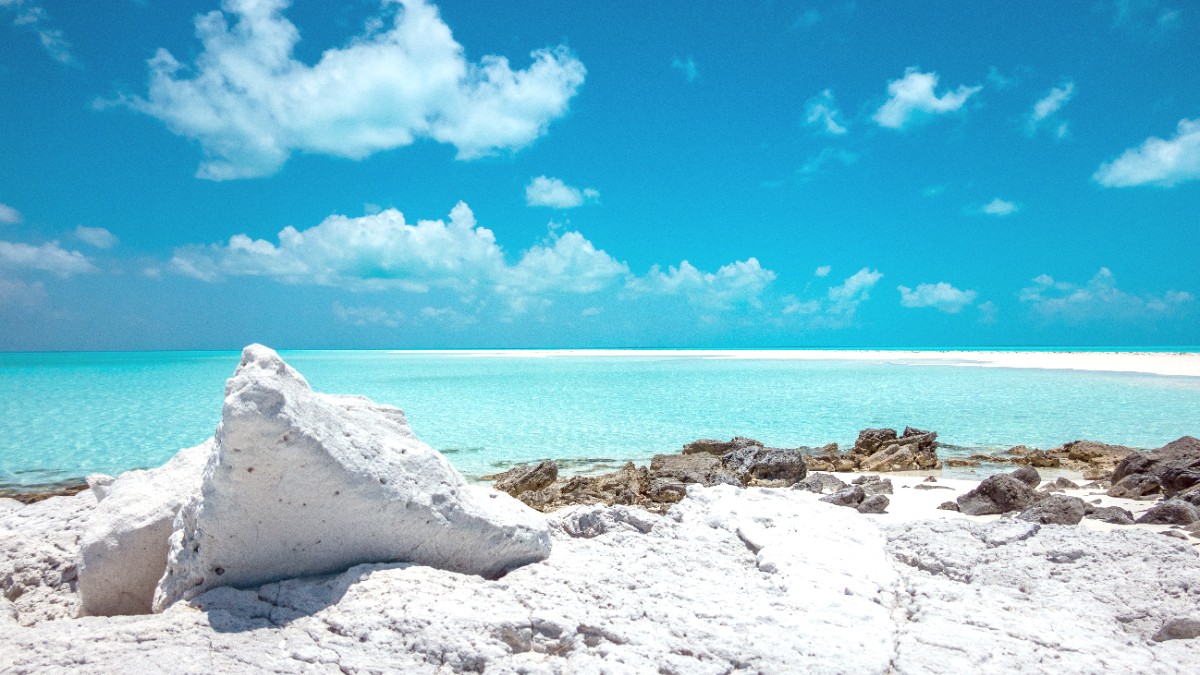
Out Islands, The Bahamas
Imagine a place where the ocean shifts from sapphire to emerald, where uninhabited cays beckon exploration, and where adventure meets profound relaxation. The Exumas deliver this promise with a quiet grace, making them a top choice for those who value authenticity and natural splendor.
Picture yourself on a secluded beach, the sand soft beneath your feet, and the water so transparent you can see your toes even in waist-deep depths. A gentle breeze rustles palm leaves, carrying the scent of salt and sunshine. The only sounds are the lapping waves and the distant cry of a seabird.
This guide details the knowledge for a memorable journey to these remarkable islands. From grasping the geography that shapes their beauty to understanding their historical depth, you will find every piece of advice for a smooth and rewarding trip. Prepare to discover the allure of the Exumas, where every view appears like a postcard, and every day brings a new opportunity for wonder.
The Exumas form part of the larger Bahamas archipelago, located southeast of Florida and east of Cuba. This collection of over 365 cays and islands stretches north to south, beginning just south of Nassau and extending towards Long Island. The chain divides into three main areas: Great Exuma, Little Exuma, and the Exuma Cays. Great Exuma, the largest island, functions as the administrative and commercial hub, home to the capital, Georgetown, and the main international airport (GGT). A small bridge, "The Ferry Bridge," connects Great Exuma to Little Exuma, a quieter, more secluded island to its south.
North of Great Exuma, the Exuma Cays stretch like a pearl necklace, comprising hundreds of smaller, often uninhabited islands. This includes famous spots like Staniel Cay, Big Major Cay (home of the swimming pigs), and Compass Cay. The geography of the Exumas defines itself by its shallow, clear waters, especially the famous Exuma Sound and the Tongue of the Ocean, a deep underwater trench. The color of the water, ranging from pale aqua to deep indigo, results from the white sandy bottom and the interplay of sunlight with varying depths. Much of the Exumas sits on a vast, shallow bank, ideal for boating, snorkeling, and exploring sandbars that emerge at low tide. The islands themselves are generally low-lying, covered in dense scrub brush, pine forests, and mangrove creeks, specifically in protected areas like the Exuma Cays Land and Sea Park. This natural landscape gives habitat for unique wildlife, both above and below the water. The distinct separation of larger, more developed islands like Great Exuma from the remote, pristine cays means travelers can tailor their experience from convenience to secluded adventure.
Largest island, hub for services and GGT airport.
Connected to Great Exuma by bridge, quiet and secluded.
Hundreds of smaller islands, home to famous attractions.
Deep, clear waters for diving and marine life.
Ideal for boating, snorkeling, and exploring sandbars.
The first inhabitants were the Lucayan people, an Arawak-speaking tribe who settled these islands thousands of years ago. They thrived on the abundant marine resources, leaving behind faint archaeological traces. European contact, beginning with Christopher Columbus's arrival in 1492, rapidly decimated the Lucayan population, with many enslaved and sent to work in Spanish mines. This effectively left the islands uninhabited for over a century.
In the late 17th century, British loyalists, fleeing the American Revolution, arrived in the Bahamas, bringing with them enslaved Africans. These loyalists established plantations in the Exumas, mainly cultivating cotton. The Hermitage Estate on Little Exuma serves as a tangible reminder of this period, with the ruins of an old plantation house and a rock church built by enslaved people. After the abolition of slavery in the British Empire in 1834, many freed people remained, forming the foundation of the modern Bahamian communities.
These communities developed self-sufficient lifestyles, relying on fishing, farming, and boat building. The National Family Island Regatta, held annually in Georgetown, pays homage to this maritime heritage, demonstrating traditional Bahamian sloops and the islands' deep connection to the sea. The Exumas also have a connection to piracy, with many cays granting hidden coves for outlaws during the Golden Age of Piracy. More recently, some of the northern cays, like Norman's Cay, gained notoriety in the 1970s and 80s as a hub for drug smuggling, leaving behind fascinating relics like the sunken plane wreck. This rich and varied past adds layers of intrigue to the Exumas' natural beauty, giving visitors insights into the resilient and resourceful spirit of its people.
The Exumas' past shapes its present, a story of natural beauty interwoven with human history.
The Exumas present a distinctive blend of accessible comfort and remote adventure, catering to a range of travel preferences. Here is a quick overview of what to expect:
This snapshot presents a quick guide to the Exumas, highlighting its natural wonders and practical considerations. The following pages explore each of these categories, giving you the detailed information for a seamless and rewarding journey. Prepare to fall under the spell of the Exumas' captivating charm.
365+ cays and islands in central Bahamas, south of Nassau. Main island: Great Exuma.
Bahamian Dollar (BSD), pegged 1:1 with USD. US Dollars accepted at par.
Exuma International Airport (GGT) has direct flights from major US cities and daily connections from Nassau.
A quick reference for information about The Exumas.